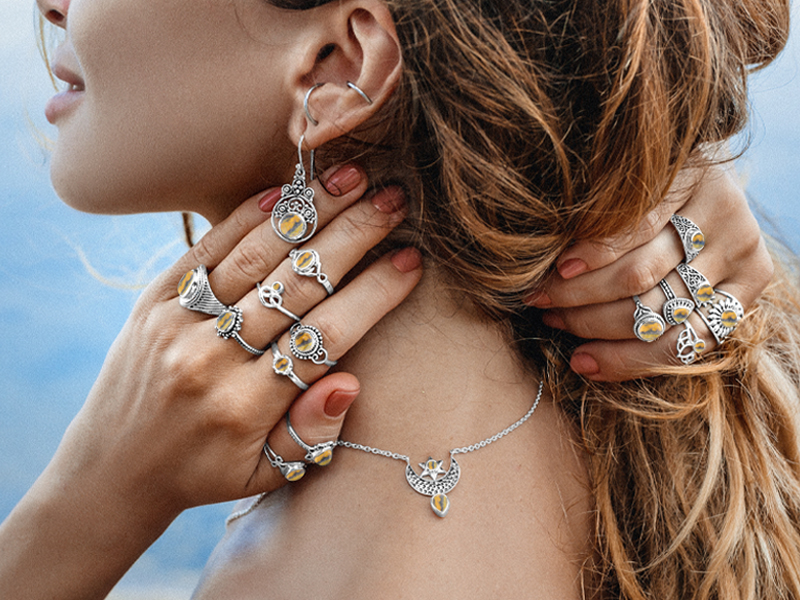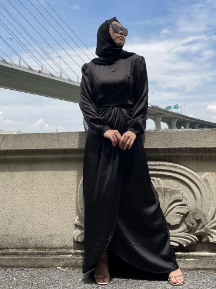Comme des Garçons, a name synonymous with avant-garde fashion, has been a revolutionary force in the fashion industry since its inception. Founded by the enigmatic Rei Kawakubo in 1969, the brand has consistently defied conventional norms, challenging the boundaries of what fashion can be. From its radical designs to its unconventional runway shows, Comme des Garçons has carved out a niche that is as influential as it is distinct. This article delves into the history, philosophy, and cultural impact of Comme des Garçons, exploring how it has shaped the world of fashion.
History and Evolution
Rei Kawakubo, a self-taught designer, founded Comme des Garçons in Tokyo with a vision to create clothing that was both intellectually stimulating and visually arresting. The brand’s name, which translates to “like boys” in French, hints at its early exploration of gender fluidity and androgyny. Kawakubo’s designs often blur the lines between masculine and feminine, resulting in pieces that are both provocative and groundbreaking.
The brand made its Paris debut in 1981, with a collection that shocked the fashion world. Dubbed “Hiroshima Chic” by the media, the collection featured distressed fabrics, oversized silhouettes, and a predominantly black colour palette, challenging the traditional notions of beauty and luxury. This debut established Comme des Garçons as a disruptor in the industry, and Kawakubo as a visionary who was unafraid to take risks.
Over the decades, Comme des Garçons has expanded its influence, launching multiple lines, including Comme des Garçons Homme, Comme des Garçons Play, and Comme des Garçons Noir. Each line explores different facets of Kawakubo’s aesthetic, from the playful and graphic to the dark and deconstructed. Despite the diversity in its offerings, the brand’s commitment to innovation and originality remains unwavering.
Design Philosophy
At the core of Comme des Garçons is a design philosophy that values creativity over commercialism. Rei Kawakubo has often spoken about her desire to “make clothes that didn’t exist before,” a sentiment that is evident in her work. The brand’s collections are characterised by their experimental silhouettes, unexpected materials, and conceptual themes. Kawakubo’s approach to design is less about following trends and more about creating a dialogue between the wearer and the garment.
Comme des Garçons is also known for its use of deconstruction as a design technique. This involves taking apart traditional garments and reassembling them in unconventional ways, resulting in pieces that are often asymmetrical, unfinished, or distorted. This technique not only challenges the traditional construction of clothing but also invites the wearer to see fashion from a new perspective.
Another key aspect of Comme des Garçons’ philosophy is its exploration of imperfection and the “beauty of the incomplete.” Kawakubo often plays with concepts of fragility, decay, and the unconventional, creating garments that are both thought-provoking and emotionally resonant. This focus on imperfection is a rejection of the polished, idealised beauty standards that dominate the fashion industry, offering instead a more nuanced and authentic vision of beauty. Buy now Comme Des Garcons Collection from Official website https://commedesgracons.site/
Cultural Impact
Comme des Garçons has had a profound impact on both the fashion industry and popular culture. Its influence can be seen in the work of numerous designers who have cited Rei Kawakubo as an inspiration, from Martin Margiela to Yohji Yamamoto. The brand’s avant-garde aesthetic has also permeated mainstream fashion, with its signature motifs, such as the iconic heart logo from Comme des Garçons Play, becoming widely recognisable.
Beyond fashion, Comme des Garçons has collaborated with a range of artists, musicians, and brands, further solidifying its status as a cultural force. Notable collaborations include partnerships with Nike, Converse, and Supreme, as well as artistic projects with figures like Cindy Sherman and Gordon Matta-Clark. These collaborations have allowed Comme des Garçons to reach a broader audience while maintaining its avant-garde edge.
The brand’s impact is also evident in its influence on fashion retail. In 2004, Kawakubo pioneered the concept of “guerrilla stores,” temporary shops that pop up in unexpected locations for a limited time. This concept has since been adopted by numerous brands and has become a staple in the world of experiential retail.
Runway Shows
Comme des Garçons’ runway shows are legendary for their theatricality and conceptual depth. Unlike traditional fashion shows, which primarily showcase clothing, Comme des Garçons’ presentations are more akin to performance art. Each show is a carefully curated experience that often explores complex themes, such as identity, power, and the human condition.
The runway shows are also a testament to Kawakubo’s willingness to push boundaries. She often experiments with unconventional models, casting individuals of different ages, sizes, and backgrounds. This inclusive approach not only challenges industry norms but also reinforces the brand’s commitment to diversity and representation.
Legacy and Future
As Rei Kawakubo continues to lead Comme des Garçons, her influence on the fashion industry shows no signs of waning. The brand remains a beacon of innovation, consistently delivering collections that are both intellectually stimulating and visually arresting. Kawakubo’s legacy is one of defiance and creativity, and her work continues to inspire a new generation of designers and fashion enthusiasts. Buy now Comme Des Garcons Collection from Official website https://commedesgracons.site/
Looking to the future, Comme des Garçons is likely to continue its exploration of new ideas and concepts, pushing the boundaries of what fashion can be. As the brand evolves, it will undoubtedly remain a key player in the industry, challenging conventions and redefining the way we think about clothing.
Conclusion
Comme des Garçons is more than just a fashion brand; it is a movement that has reshaped the fashion landscape. Under the visionary leadership of Rei Kawakubo, the brand has consistently defied expectations, offering a unique blend of creativity, intellect, and emotion. Whether through its deconstructed designs, thought-provoking runway shows, or cultural collaborations, Comme des Garçons has left an indelible mark on the world of fashion, and its influence will continue to be felt for years to come.




